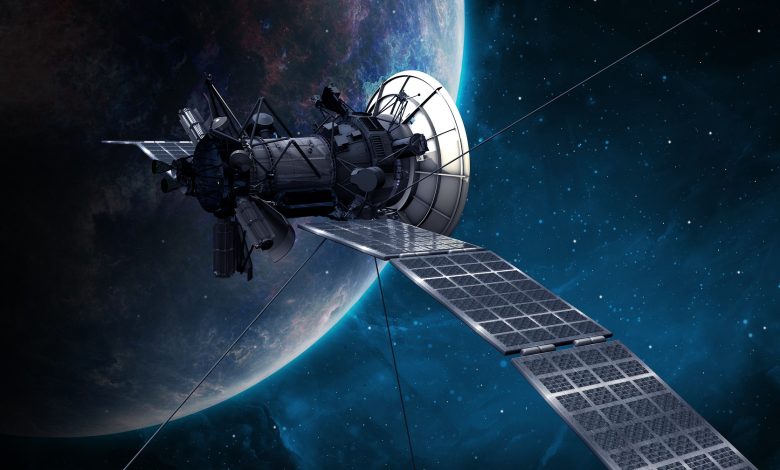India’s Chandrayaan-3 Mission: A Leap Forward in Space Exploration

India’s recent success with the Chandrayaan-3 lunar lander mission is not just a technical achievement but also a significant boost to the nation’s global standing. The mission, executed by the Indian space agency ISRO, has garnered attention for its potential implications on future space endeavors and India’s geopolitical influence.
The Chandrayaan-3 mission saw the Vikram lander placed into sleep mode in early September, shortly before the onset of lunar nightfall. This followed the powering down of the Pragyan rover a day prior. Despite the mission yielding a modest amount of scientific data, the successful landing and operation of both Vikram and Pragyan have paved the way for more ambitious lunar missions from India.
One notable maneuver during the mission was the Vikram lander’s “hop”, where it lifted off the lunar surface by about 40 centimeters and landed a short distance from its original touchdown site. ISRO highlighted the significance of this move, hinting at its implications for future sample return missions and even crewed lunar expeditions.
While ISRO has not yet unveiled plans for more advanced lunar missions, it has announced the Lunar Polar Exploration Mission (LUPEX) in collaboration with Japan. This mission will see an Indian lander return to the moon’s south polar region, accompanied by a Japanese rover, with a launch targeted for the mid-2020s.
Experts anticipate that India will venture into more ambitious projects, including missions focused on resource utilization and sample return. Namrata Goswami, a professor at the Thunderbird School of Global Management, emphasized India’s interest in scouting the moon for resources, particularly helium-3, a potential fuel for nuclear fusion reactors.
The Chandrayaan-3 mission’s success also has implications for India’s Gaganyaan program, which aims to develop a human orbital spaceflight capability. The program’s goal of launching Indian astronauts was missed in 2022, but efforts are underway for a crewed launch by late 2024.
Beyond the technical aspects, the geopolitical ramifications of Chandrayaan-3 are profound. Rajeswari Pillai Rajagopalan, director of the Center for Security, Strategy & Technology at the Observer Research Foundation, emphasized the “soft power” benefits of the mission. India’s achievements in space, from lunar landings to satellite launches, enhance its presence in the global commercial space market and expand its strategic influence.
Namrata Goswami echoed these sentiments, suggesting that other nations might view India as a preferred partner in space endeavors, especially for those looking to build their space ecosystem on a limited budget. India’s space capabilities, combined with its frugal approach, position it as a model for nations in Asia, Africa, and Latin America.
In summary, the Chandrayaan-3 mission has not only advanced India’s space capabilities but also solidified its position as a global space power, ready to collaborate, innovate, and lead in the final frontier.




